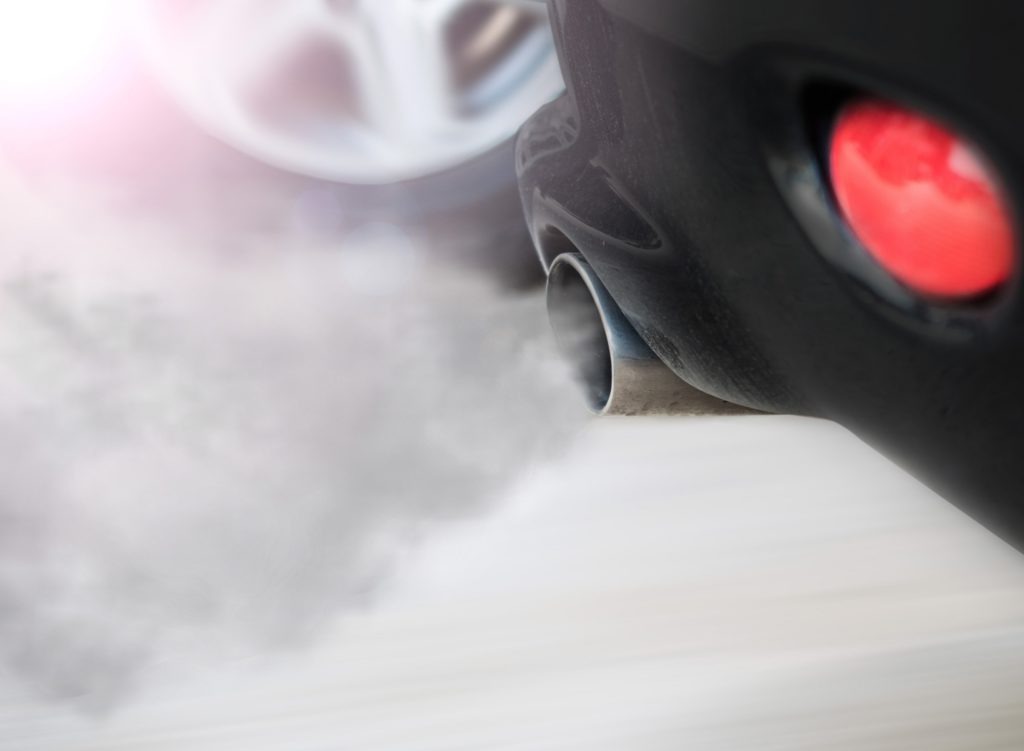Air pollution plummets amid COVID-19 outbreak
26 March 2020

26 March 2020
There has been a large decrease in air pollution, chiefly due to reduced traffic alongside other activities. The concentration of nitrogen dioxide (NO2) in particular has fallen as urban areas are forced into coronavirus (COVID-19)-related lockdowns. Data from the European Environment Agency (EEA) shows that the pollutant, emitted mainly by road transport, has been cut in half in some locations.
Weekly averages of air pollutants were calculated based on data from the EAA’s up-to-date air quality system, made up of roughly 4,000 monitoring stations across Europe. Most of the stations are managed by the EEA’s member countries in the European Environment Information and Observation Network, which records hourly data on air pollutant concentrations and sends it to the EEA.
Other factors, such as weather conditions, can also have an effect on weekly variations of pollution concentration levels, the EEA notes.
Italy’s NO2 tumbles
Italy has seen some of the biggest drops in the pollutant. In Milan, average concentrations for the past four weeks have been at least 24% lower than four weeks earlier in the year. The average concentration between 16 and 22 March was 21% lower than for the same time period in 2019. There has also been a constant decline in NO2 pollution over the past four weeks in Bergamo. The average concentration between 16 and 22 March was 47% lower compared to the same week in 2019. Rome’s average NO2 concentrations for the past four weeks were 26% to 35% lower than for the same period in the previous year.
Similar trends can be seen across Europe. Barcelona’s average NO2 levels dropped by 40% from one week to the next. Compared with the same week in 2019, this totalled a reduction of 55%. In Madrid, average NO2 levels fell by 56% from one week to the next. Compared with the same week in the previous year, this was a reduction of 41%. Lisbon’s average NO2 levels went down by 40 % from one week to the next. Compared with the same week in 2019, this was a reduction of 51%.
Not a long-term fix
While emissions of air pollutants have decreased in Europe over recent decades, poor air quality continues to harm human health and the environment. Among all the bad news around COVID-19, this might look to be a faint silver lining. However, as pointed out by the EEA, a long-term solution is still needed.
′The EEA’s data show an accurate picture of the drop in air pollution, especially due to reduced traffic in cities. However, addressing long-term air quality problems requires ambitious policies and forward-looking investments,’ said Hans Bruyninckx, EEA executive director.
′As such, the current crisis and its multiple impacts on our society work against what we are trying to achieve, which is a just and well-managed transition towards a resilient and sustainable society.’
A total ban on traditional combustion-engine cars in cities was believed to be the best way to curb air pollution, according to a poll run by Autovista Group’s Daily Brief in 2019. The results suggested pollution was the result of both diesel and petrol vehicles, with 37% supporting restrictions on both engine types.
Moves are being taken across Europe to restrict and end the sale of polluting vehicles. Strasbourg will ban diesels from 2025, Sweden’s ban will come in from 2030, and the UK will ban internal-combustion engines by 2035.
More immediately, there is the implementation of the ultra-low emission zone in London. The Netherlands has even reduced its national speed limit. After breaching the rules regarding nitrogen oxide (NOx) emissions, the country’s cars are limited to 100kmh between 6am and 7pm.